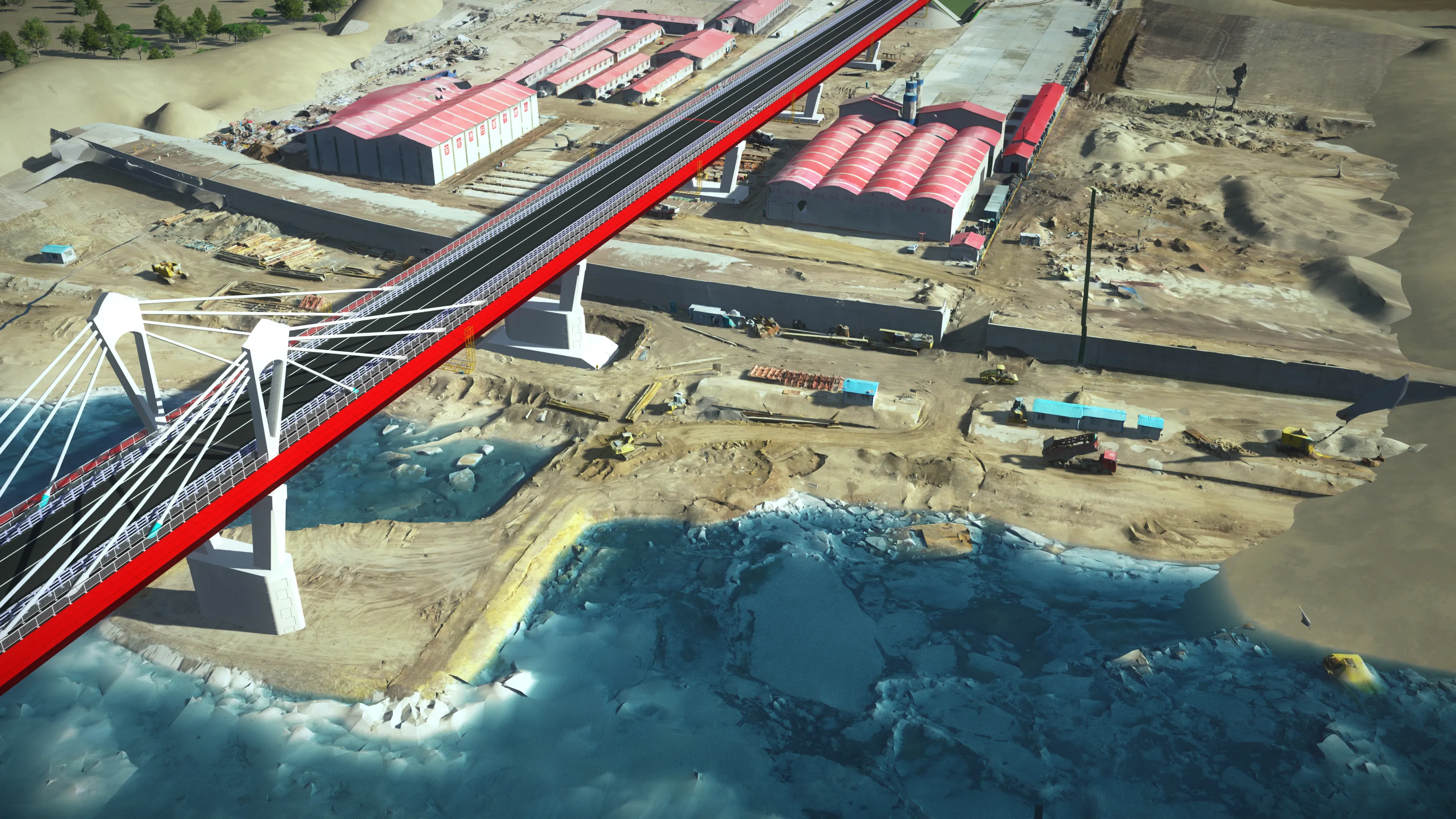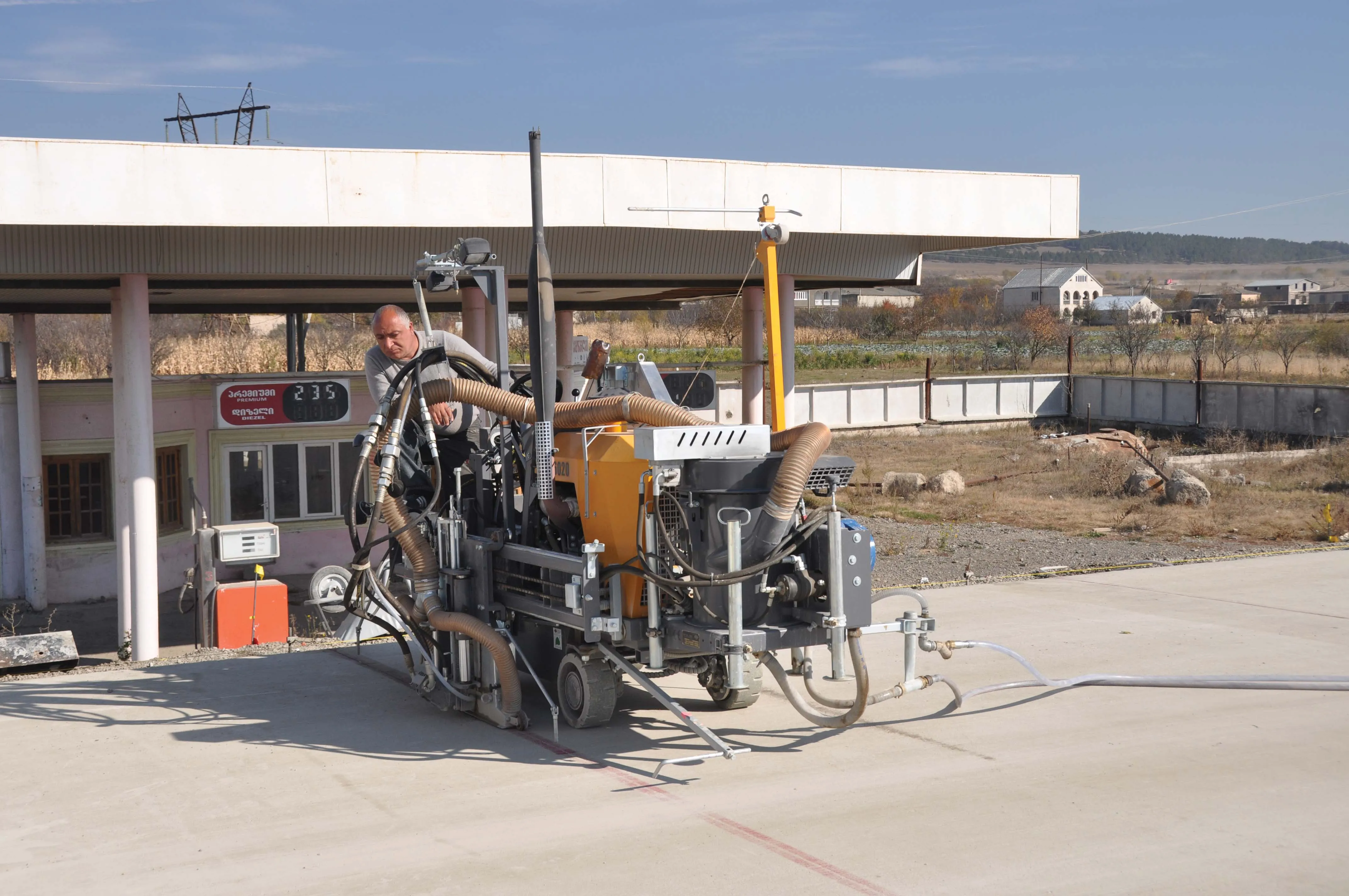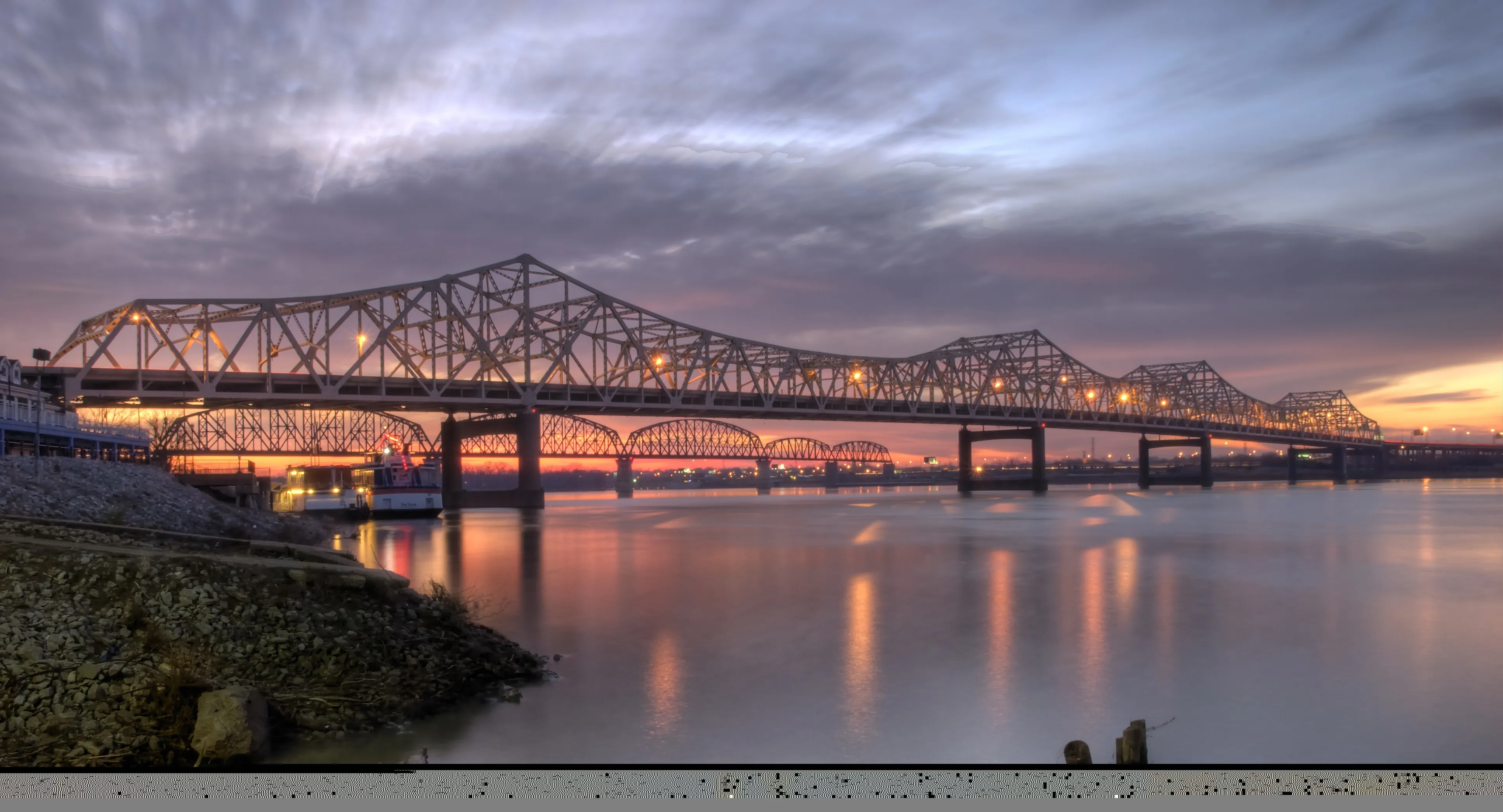The complex legal case between the Polish General Directorate for National Roads and Motorways (GDDKiA) and Austrian contractor Alpine Bau is continuing in the Polish courts.
March 1, 2012
Read time: 2 mins
The complex legal case between the Polish General Directorate for National Roads and Motorways (1361 GDDKiA) and Austrian contractor 1332 Alpine Bau is continuing in the Polish courts. The contractor is asking for some €283 million in compensation for the earlier dispute over the project to build a section of the A1 highway in 2009. Alpine Bau had the contract for the work previously but lost the deal when GDDKiA said the firm was behind schedule and was not meeting the terms of the deal. The contractor responded that the delays were not its fault and also said that it refused to build a bridge as requested by GDDKiA as Alpine Bau's engineers did not believe the structure was safe. The Polish courts then opened the way for the legal case and when the tender for the stretch of the A1 highway was relaunched, Alpine Bau again won the bidding process. This latest development hinges to a great deal on the design of the bridge in question. GDDKiA said that the bridge was safe but Alpine Bau refused to construct this part of the contract and following its initial concerns backed up these by sourcing independent reports, which stated that the design did not meet safety criteria. As the legal cases put forward by both Alpine Bau and GDDKiA will rely on expert opinion over specific technical matters, this may well prove a lengthy and complex process in the courts.








